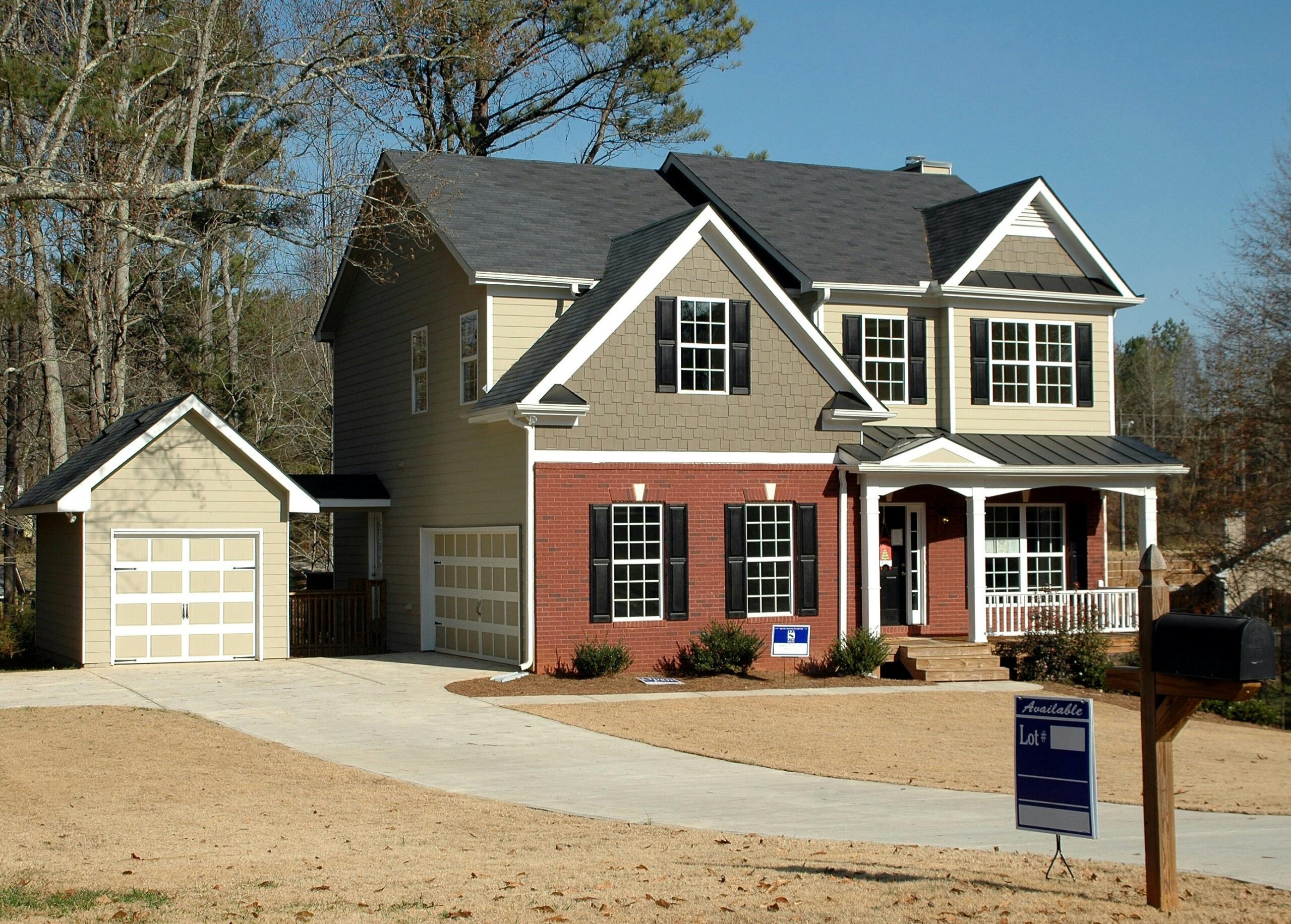The US real estate market has long been a cornerstone of the nation’s economy, characterized by its resilience and adaptability. From bustling urban centers to serene suburban neighborhoods and vast rural landscapes, the diversity within the market offers opportunities for investors, homeowners, and renters alike. As we delve into the intricate tapestry of American real estate, several trends emerge, shaping the present and future of the industry.
One notable trend is the shift towards urbanization, driven by a growing preference for city living among millennials and young professionals. This demographic seeks proximity to amenities, employment opportunities, and vibrant cultural scenes, driving demand for urban properties. Consequently, developers are focusing on mixed-use developments that combine residential, commercial, and retail spaces to create dynamic urban environments.
However, alongside urbanization, there’s a simultaneous trend towards suburbanization, accelerated by the COVID-19 pandemic. The widespread adoption of remote work has prompted many individuals and families to reconsider their living arrangements, prioritizing space, affordability, and quality of life. Suburbs offer larger homes, outdoor spaces, and a sense of community, making them increasingly attractive to those seeking a balance between urban conveniences and suburban tranquility.
Moreover, sustainable and eco-friendly real estate practices are gaining momentum across the country. With growing environmental awareness, both consumers and developers are embracing energy-efficient buildings, renewable energy sources, and green technologies. From LEED-certified office towers to net-zero energy homes, sustainable real estate not only reduces carbon footprints but also offers long-term cost savings and enhanced occupant comfort.
Another significant trend is the rise of real estate technology, often referred to as PropTech. Innovations such as virtual reality tours, predictive analytics, and blockchain-based transactions are revolutionizing how properties are bought, sold, and managed. These technologies streamline processes, improve transparency, and enhance the overall customer experience, driving efficiency and innovation throughout the industry.
Furthermore, the affordability crisis remains a pressing issue in many parts of the country, particularly in high-demand urban areas. Skyrocketing home prices and rental rates have outpaced wage growth, making homeownership increasingly elusive for many Americans. Policymakers, developers, and community organizations are exploring solutions such as workforce housing initiatives, inclusionary zoning policies, and public-private partnerships to address this challenge and promote housing affordability for all.
In the wake of the COVID-19 pandemic, the real estate market has experienced unprecedented volatility and uncertainty. While some sectors, such as residential housing and industrial properties, have thrived, others, like commercial real estate and hospitality, have faced significant challenges. As the economy continues to recover and adapt to the new normal, flexibility, resilience, and innovation will be key drivers of success in the real estate industry.
In conclusion, the US real estate market is a dynamic and multifaceted landscape shaped by various trends, from urbanization and suburbanization to sustainability and technological innovation. Despite challenges such as affordability concerns and market volatility, opportunities abound for investors, developers, and homeowners alike. By embracing change, fostering innovation, and prioritizing inclusivity, the real estate industry can continue to thrive and contribute to the prosperity of communities across the nation.
